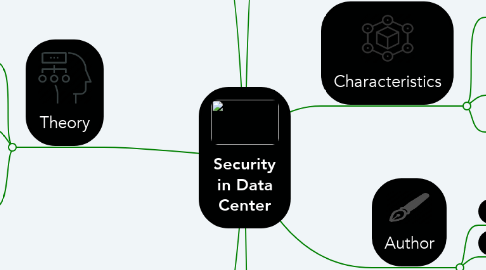Security in Data Center
by Lucas Oliveira


1. Objectives
1.1. Describe the risks of absence of security policy in Data Center
1.2. Identify solutions for network system protection and data security
1.3. show security solutions for data center, through the ISO 27000
2. Theory
2.1. It was decided to use the normal ISO 27000 due to the scope of its controls, it can be used to guide the implementation of a methodology for auditing and Security Standards in computer networks. (ANTONIO; TONIZETTI, 2008)
2.2. The purpose of control are control targets are to be achieved, Or negative effects to be avoided, to achieve these purposes. Translated into audit methods. (TONIZETTI,ANTONIO: 2008)
2.3. The audit methods form a group of actions (tabulations and analysis) that allows to acquire and assess the information necessary for the formulation of the opinion of the auditor. (TONIZETTI,ANTONIO: 2008)
3. Architecture
3.1. Physical
3.1.1. 1. Physical Architecture 2. Capacity Location. 3. Security. 4. Cooling of physical space. 5. Power Service
3.2. Logical
3.2.1. 1. Routers 2. Switches 3. Firewalls 4. Server
